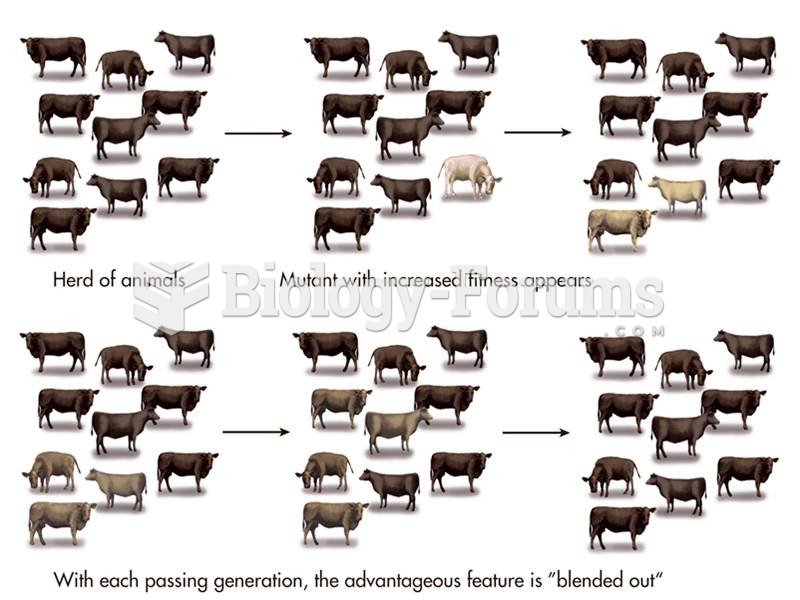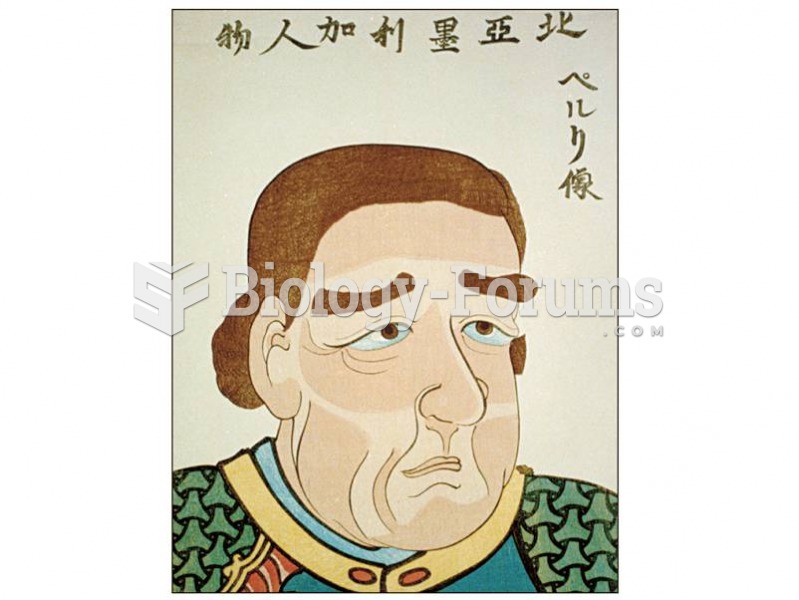Answer to Question 1
B
Answer to Question 2
Many people believed, with good reason, that music held a privileged position in its capacity to express the Romantic spirit. For the Romantics, musicthe most abstract and elusive of the artswas capable of freeing the intellect and speaking directly to the heart, to capture an inexpressible longing. Romantic music was written in all forms, from epic opera, to large-scale symphonies, to small chamber works. In true Romantic spirit, most of the music dealt with themes of love and death or nature and nature's moods.
Ludwig van Beethoven is often credited as being the bridge between the Classical and Romantic styles. A restless spirit, Beethoven pushed the boundaries of composition in all his works. He often broke with classical form, adding, for example, a fifth movement to his Sixth (or Pastoral) Symphony and embellishing the finale of his Ninth Symphony with a chorus and solo voices. His daring use of dissonance, his sudden pauses and silences, and his brilliance of thematic and rhythmic invention reflect his preference for dramatic spontaneity over measured regularity. Beethoven's genius lay in his use of compositional elements that gave his music unprecedented expressive power. He introduced into his compositions a new rhythmic vitality, strong and sudden contrasts of sound, and an expanded range of instrumental textures.
The work of Franz Schubert, a nineteenth-century composer and contemporary of Beethoven, reflects his ambition to unite poetry and music. Schubert is credited with originating the Romantic lied, an independent song for solo voice and piano. These songs often recount tales of love and longing, describe nature and its moods (some forty songs are related to water or to fish), or lament the transience of human happiness.
The French composer Hector Berlioz took program music to new heights. His work, Symphonie fantastique, captures a dramatic filled with interminable and inextinguishable passion. Berlioz pushed the boundaries of music as much as anyone, taking liberties with traditional symphonic form. He composed the Symphonie fantastique in five movements instead of the usual four, and combined instruments inventively so as to create unusual mixes of sound.
In chamber music, innovation was also taking hold. The music of Frdric Chopin was often for just solo piano, but took full advantage of the instrument's expressive potential. Much of Chopin's music seems improvisedthe impetuous record of fleeting feeling, rather than the studied product of diligent construction. His virtuosic pieces are marked by fresh turns of harmony and free tempos and rhythms.
 Charles Darwin may be dead and gone but a recent write-in campaign has pitted him against Republican
Charles Darwin may be dead and gone but a recent write-in campaign has pitted him against Republican
 Blending inheritance formed the basis of nineteenth-century critiques of evolution by natural select
Blending inheritance formed the basis of nineteenth-century critiques of evolution by natural select
 For ice massage, ice is frozen in a cylindrical container or a paper cup (A). The top half of the cu
For ice massage, ice is frozen in a cylindrical container or a paper cup (A). The top half of the cu




